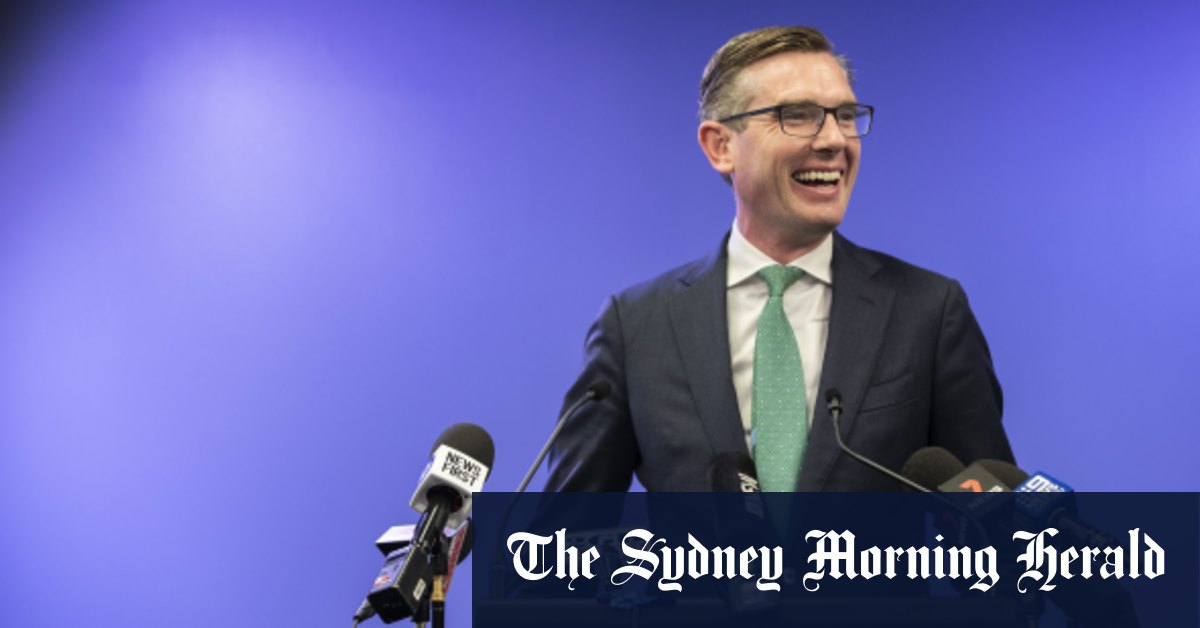NSW cannot afford to rush budget repair

State government finances have taken a battering during the pandemic. The cost of responding to the health and economic crisis meant expenses ballooned. At the same time recession ravaged key revenue sources including the GST and payroll tax.
There was no surprise when last year’s NSW budget, delayed until November because of the pandemic, revealed a yawning deficit and surging debt. But it was unfamiliar territory for the Berejiklian government which has made a political virtue of surplus budgeting.
The half yearly review of state finances released on Thursday by Treasurer Dominic Perrottet shows the budget position has improved.
The forecast for this year’s deficit was pared back from $16 billion to $13.3 billion and net state debt is now tipped to grow a little more slowly than expected in November. The output of the NSW economy is on track to recover to pre-COVID levels by 2021-22, about six months sooner than anticipated.
Employment has also surprised on the upside – by last month NSW had recovered around 81 per cent of aggregate jobs lost during the peak of the pandemic. The unemployment rate in NSW, which peaked at a 22-year high of 7.2 per cent last July, is now expected to fall back to 5 per cent by mid-2024.
The improved outlook for the economy and budget is encouraging considering the scale of last year’s financial shock. The accelerated recovery is a dividend of the state’s comparatively effective management of the health crisis so far.
But Mr Perrottet must be careful not to rush budget repair. Thursday’s update predicts deficits will shrink quickly over the next four years, lifting the budget close to balance by 2023-24. But achieving that will require ambitious reductions in government expenditure growth over a relatively short period which could hamper the state’s revival.
Last year’s pandemic-induced recession means the state economy is still very fragile.
Over a quarter of a million people are unemployed in NSW according to the latest figures – that’s around 70,000 more than before the pandemic. The effects of the health crisis continue to hamper crucial state industries including hospitality, tourism and international education.
Around 170,000 firms in NSW are still receiving wage subsidies – which support half a million workers – under the federal government’s JobKeeper scheme. The strength of the recovery will be tested by the withdrawal of that program due at the end of March.
Mr Perrottet says the state government will be “monitoring” how struggling firms cope with the removal of JobKeeper.
The budget update also warns the economic risks facing NSW “are still to the downside”.
It says the virus situation overseas “remains precarious”. A lack of progress towards containing and reducing infections globally could result in governments keeping international borders closed for longer. That would be a major drag on economic activity in NSW and delay a recovery in international education and tourism which are key export industries.
Mr Perrottet made the right call when he chose to put “the economy before the budget” and implement unprecedented stimulus measures at the onset of the coronavirus crisis. But he needs to continue with that strategy for some time yet.
Well-targeted support from governments at federal and state level will still be required to ensure a sustained post-pandemic recovery.
Scaling back government spending too quickly will be counterproductive.
Note from the Editor
The Herald editor Lisa Davies writes a weekly newsletter exclusively for subscribers. To have it delivered to your inbox, please sign up here.
Since the Herald was first published in 1831, the editorial team has believed it important to express a considered view on the issues of the day for readers, always putting the public interest first.
Most Viewed in Business
Source: Thanks smh.com